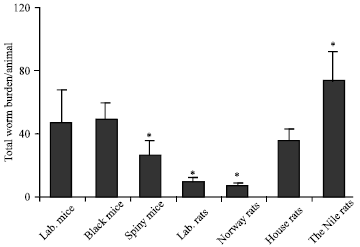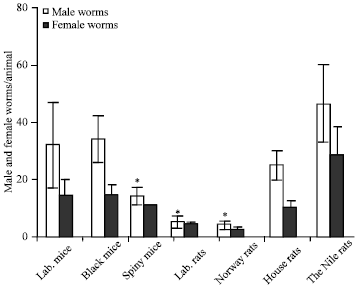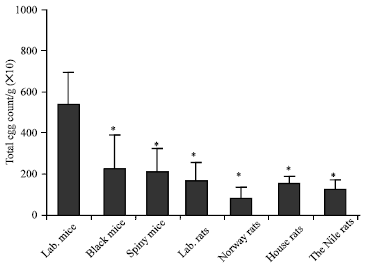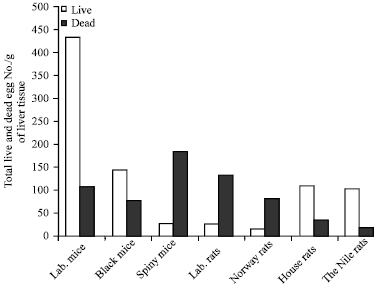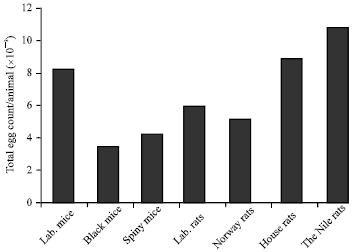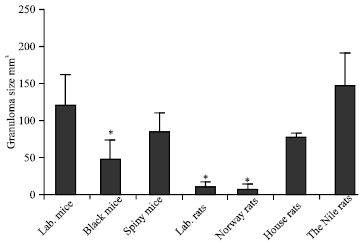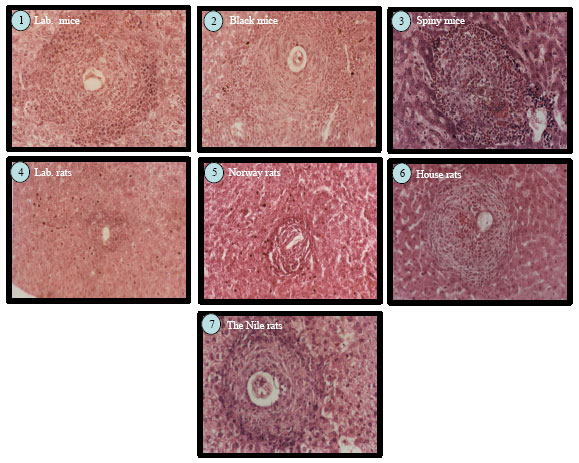Research Article
Susceptibility of Some Wild Rodents Widely Distributed in Egyptian Foci to Schistosoma mansoni Infection under Laboratory Conditions
Department of Zoology, Faculty of Science, Tanta University, Tanta, Egypt
Ismail M. Al-Sharkawi
Department of Zoology, Faculty of Science, Tanta University, Tanta, Egypt
Gamal A. Madkour
Department of Zoology, Faculty of Science, Tanta University, Tanta, Egypt









